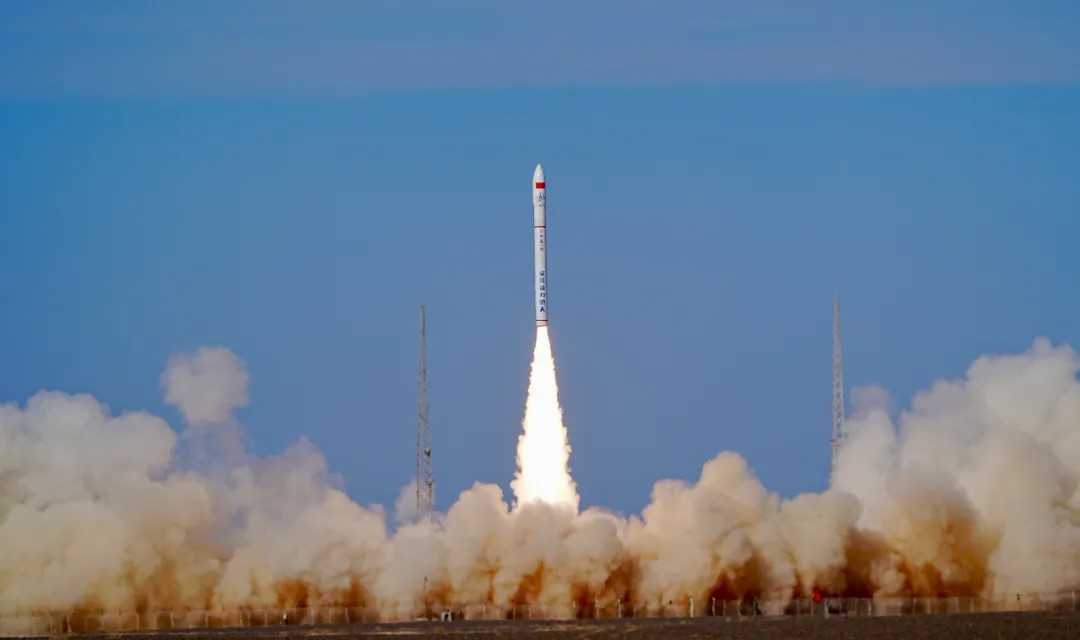At 16:07, Beijing Time, on March 17, 2025, Galactic Energy Aerospace Company successfully launched the Ceres-1 (Y10) carrier rocket (mission code: Auld Lang Syne) from the Jiuquan Satellite Launch Center, deploying eight satellites, namely Yunyao-1 55-60, AIRSAT 06, and 07, into a 535-kilometer sun-synchronous orbit.

The Yunyao-1 55-60 satellites are equipped with GNSS occultation payloads. By inverting GNSS occultation data, they can retrieve information such as atmospheric temperature, humidity, pressure, and ionospheric electron density. These data hold broad application prospects and value in the field of meteorological observation, providing critical support for weather forecasting, climate monitoring, space weather warnings, and more.
Both AIRSAT 06 and 07 are equipped with multispectral camera payloads, capable of capturing high-quality remote sensing images. The addition of these two satellites will further expand the Earth remote sensing observation capabilities of the AIRSAT constellation, increasing the diversity of remote sensing data and offering more precise and efficient remote sensing data services for agriculture, forestry, resource and environmental monitoring, disaster prevention and mitigation, and other fields.
At present, the Ceres-1 rocket has successfully completed 17 launches, delivering 71 satellites into predetermined orbits. It is the commercial carrier rocket with the highest number of launches, the most satellites launched, and the highest success rate in the private aerospace sector. This launch also marks the second commercial carrier rocket produced at Galactic Energy next-generation solid vehicle R&D and production base in Ziyang.
